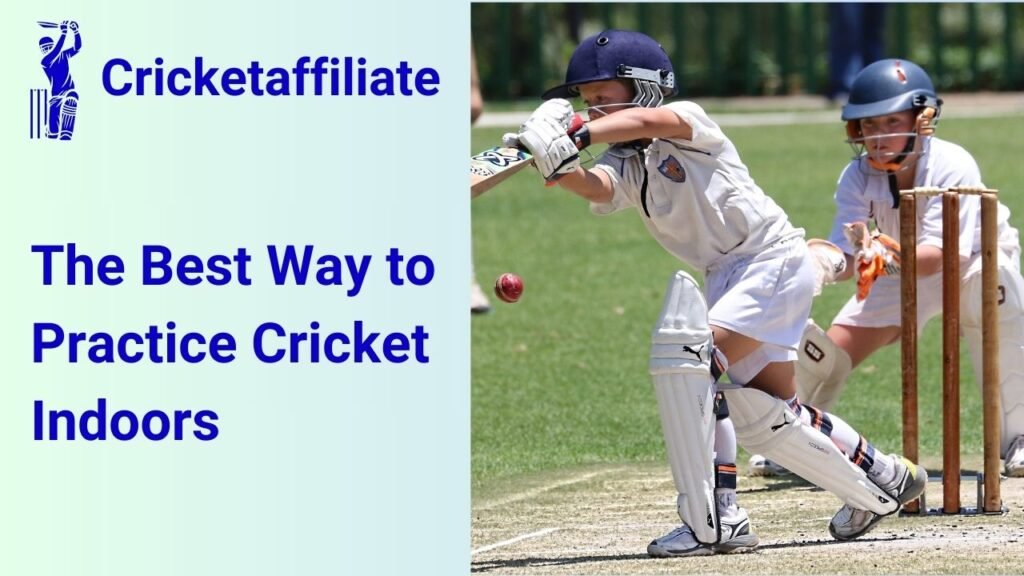Organizing a cricket tournament can be an exciting way to bring your community together, celebrate the love for cricket, and inspire teamwork and sportsmanship. Whether you’re planning it as a casual event or a professional competition, the process requires thoughtful planning and execution. This guide will walk you through every step of the process, ensuring your event is successful, enjoyable, and memorable.
Let’s dive into the details of how to organize a cricket tournament in your community effectively.
Understanding the Purpose of Your Tournament
Before diving into the logistics, define the purpose of the cricket tournament. Ask yourself:
- Is it for fundraising, community bonding, or promoting cricket?
- Will it target local players, schools, or corporate teams?
- Do you want to emphasize fun or competitiveness?
A clear purpose helps shape the event’s scale, budget, and tone. For example, a community bonding event may focus on casual games with fewer formalities, while a corporate league might need more professional arrangements.
By defining the purpose early, you set the groundwork for an organized approach.
Form a Dedicated Organizing Team
No big event can be managed alone. Form a team of enthusiastic volunteers or collaborators to divide the responsibilities:
- Event Coordinator: Oversees the entire event.
- Finance Manager: Handles budget and sponsorships.
- Ground Manager: Prepares and maintains the venue.
- Marketing Lead: Promotes the event online and offline.
Encourage open communication and hold regular meetings to ensure all tasks are progressing as planned. A well-coordinated team is the backbone of a smooth cricket tournament.
Select the Right Format for Your Tournament
Choosing the format is a critical decision. Cricket offers flexible formats that cater to different time frames and audience interests:
- T20 Matches: Great for short tournaments.
- One-Day Matches: Suitable for competitive setups.
- Knockout Format: Ideal for quick elimination-based play.
- Round-Robin Format: Ensures every team gets multiple matches.
Consider your audience, number of teams, and available time before finalizing the format. For instance, a weekend event with eight teams may work best with a knockout format, while a week-long tournament allows for round-robin scheduling.
Secure a Suitable Venue
The success of a cricket tournament heavily relies on the venue selection. Choose a ground with:
- Proper pitch and boundary measurements.
- Adequate seating for spectators.
- Amenities like restrooms, water supply, and parking.
- Space for team preparation and warm-ups.
Ensure the venue is accessible to participants and spectators. If the ground lacks necessary equipment like stumps or nets, arrange rentals or ask local cricket clubs for assistance.
Set a Realistic Budget
Creating a detailed budget ensures that your tournament runs smoothly. Include the following in your budget:
| Expense Item | Estimated Cost |
|---|---|
| Venue Rental | $500 – $1500 |
| Equipment Costs | $200 – $500 |
| Umpires and Scorers | $300 – $600 |
| Marketing and Promotion | $100 – $400 |
| Trophies and Medals | $150 – $300 |
Identify potential revenue sources such as:
- Entry Fees: Charge participating teams a nominal fee.
- Sponsorships: Partner with local businesses for financial or in-kind support.
- Ticket Sales: If the event is large, sell tickets to spectators.
Maintaining transparency in financial matters builds trust and helps avoid conflicts.
Plan the Match Schedule
Once the teams and format are finalized, create a detailed match schedule. Ensure:
- No overlapping matches.
- Adequate breaks between games.
- Clearly defined timings to avoid delays.
Share the schedule with participants well in advance. Use tools like spreadsheets or online scheduling platforms for easy management.
Promote Your Cricket Tournament
An effective promotion strategy ensures a good turnout. Combine traditional and digital marketing tactics:
- Social Media Campaigns: Share posters, teasers, and updates on platforms like Facebook, Instagram, and Twitter.
- Local Media: Announce the tournament through community radio, newspapers, and flyers.
- Word of Mouth: Encourage team members and supporters to spread the word.
Collaborate with influencers or cricket enthusiasts in your area to amplify your reach.
Arrange Necessary Equipment and Supplies
Proper equipment is essential for a seamless tournament. Prepare:
- Cricket kits (bats, balls, gloves).
- Stumps and bails.
- Scoreboards and boundary markers.
Don’t forget first aid kits and water stations to keep participants safe and hydrated. Renting or borrowing equipment from local clubs can save costs.
Recruit Umpires and Scorers
Fair play and accurate scoring are crucial for any cricket tournament. Hire or recruit experienced umpires and scorers who:
- Understand the rules of cricket thoroughly.
- Are impartial and professional.
Provide them with tools like walkie-talkies, scorecards, and protective gear for efficient management.
Engage Your Community
Make the tournament an inclusive event by involving the community:
- Organize mini-games or cricket workshops for kids.
- Set up food stalls or entertainment corners for families.
- Collaborate with local businesses to showcase their products.
When the entire community feels involved, the event becomes more memorable and enjoyable.
Conduct the Event Smoothly
On the tournament day, ensure everything is in place:
- Arrive early to set up the venue.
- Conduct a pre-match briefing with teams and umpires.
- Assign volunteers for tasks like crowd control, scoring, and managing queries.
Prepare for contingencies like weather disruptions by having backup plans, such as indoor spaces or rescheduling options.
Celebrate Achievements and Recognize Efforts
Conclude the tournament with a closing ceremony that acknowledges everyone’s contributions:
- Award trophies, medals, or certificates to winning teams and participants.
- Recognize volunteers and sponsors for their support.
- Share highlights of the tournament on social media to extend its impact.
A well-rounded conclusion leaves a lasting impression and paves the way for future events.
FAQs
1. How long does it take to organize a cricket tournament?
It depends on the tournament’s scale. Small community tournaments can take 2-4 weeks, while larger events may require months of planning.
2. How many players are needed for a cricket tournament?
A standard cricket team consists of 11 players. Depending on the format, you’ll need substitutes and multiple teams.
3. How much does it cost to organize a cricket tournament?
Costs vary based on venue, equipment, and other factors. Small tournaments may cost $1000-$3000, while larger ones can go higher.
4. Do we need permission to host a tournament?
Yes, check with local authorities for permissions related to venue usage, noise regulations, and crowd management.
5. How can I find sponsors for my tournament?
Approach local businesses, sports brands, or community organizations. Highlight the benefits of sponsorship, such as brand exposure.
6. Can I organize a tournament with minimal resources?
Absolutely! Focus on essentials like a basic venue, rented equipment, and volunteer support. A smaller scale doesn’t compromise the fun.
7. What should be included in a tournament rulebook?
Clearly outline the game format, rules, code of conduct, and penalties for rule violations.
8. How do I handle disputes during matches?
Ensure qualified umpires are present. Set up a dispute resolution committee for fair and quick decisions.
Organizing a cricket tournament in your community requires dedication and planning but is immensely rewarding. By following this guide, you can create an event that fosters community spirit and celebrates the love for cricket. So, gather your team, grab your gear, and start planning your tournament today!



